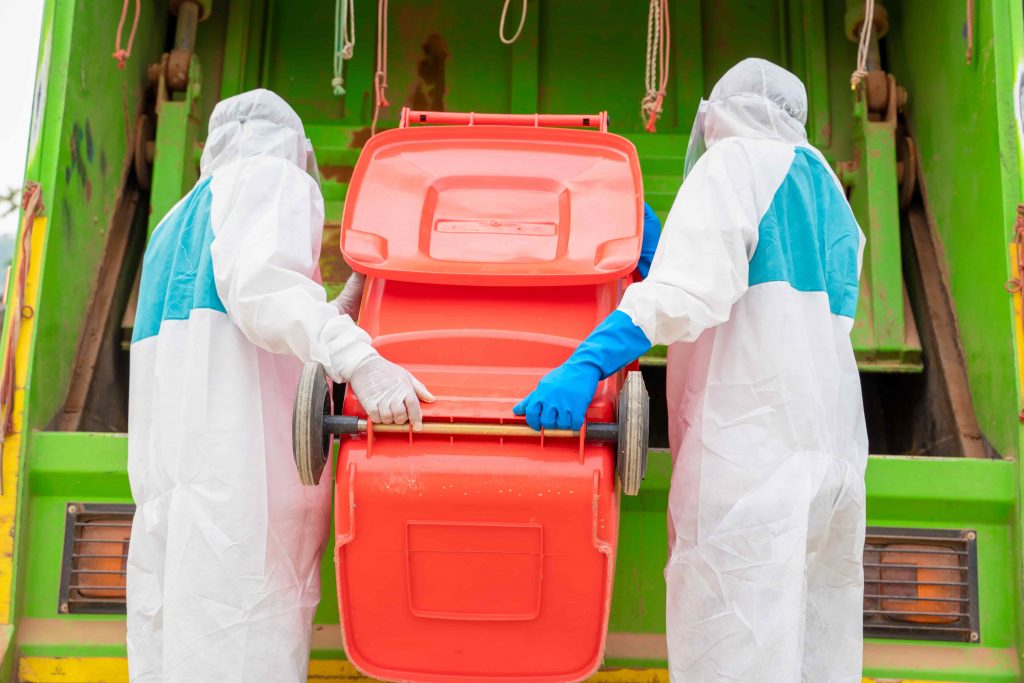Waste & material traceability solution for sustainable facilities

Waste collection is a highly visible and essential municipal service that costs a lot of money. This issue, on the other hand, is one of the most challenging organizational issues to address. The route planning solution helps to simplify and automate waste management route planning. Through the implementation of the Route planning solutions, vehicles would have fewer kilometers to go and this results in energy and time utilization. Also, there occurs less noise emission, air pollution and traffic congestion. More productive routes help to reduce the negative effects of waste collection in the specified era.
Currently, there exist some vehicles collecting all the bins within the municipality through using a single route. In other words, the vehicle’s capacity is not being used to its optimum extent, and some bins are overflowing. This is highly inefficient. The method of calculating the most efficient mode of transportation or transfers through multiple stops is known as route planning. In other words, route planning is basically used to decide which route is the most cost-effective when traveling from one location to another. For route planning and assembling the appropriate routes, most logistics or transportation companies use a route planning software.

The answer is that: obviously through the fleet management. Fleet management will lead to significant savings around the board, reduce the risk of accidents and breakdowns, purchase and sell commercial vehicles at the best possible price, developments on vehicle track solutions in an advanced way and more. In fact, from time to time, larger companies use both an FMS and a route planning framework to meet various business needs.
Hardie’s Fresh Foods, for example, is a Texas-based food delivery company with a fleet of 160 trucks that makes thousands of deliveries every day. Hardie’s uses a fleet management system (FMS) to keep track of its vehicles and ensure that they are properly maintained, as well as that drivers meet all regulations. Additionally, Hardie’s also benefits from route optimization and well-planned software solutions to enable them to manage the routes and schedules of drivers. Thanks to this dual technique, Hardie’s are now scheduling eight times more effectively. Also, vehicles of Hardie’s started to have less miles to go and there occurred much more capacity for delivery. However, in the case of more small scaled delivery systems, people might not need the FMS. On the contrary, there is a huge need for route optimization to manage the efficiency of vehicles.

Let’s move on to another example. It is said that UPS drivers used to figure out the best way to run their routes using maps, 3×5 note cards and their own memory. However, right after 2005, this situation had changed since UPS immediately began to implement a 6 HUNDRED MILLION DOLLARS route optimization system.
Those concrete examples highlight the importance of route planning. As we see, in every sphere, it is so crucial to be able to adopt it. Garbage collection system is everywhere though. This huge sector needs profitization mechanisms more than anything. A city has 20,000 residents. Those residents need garbage collection once a week. The city and the operator are also interested in optimizing route plans and schedules to ensure that the garbage truck fleet travels as few kilometers and minutes as possible. Why would people not consider route planning if it is possible to cut down on planning time, fuel usage, and money spent? There is no answer to this question other than only excuses.